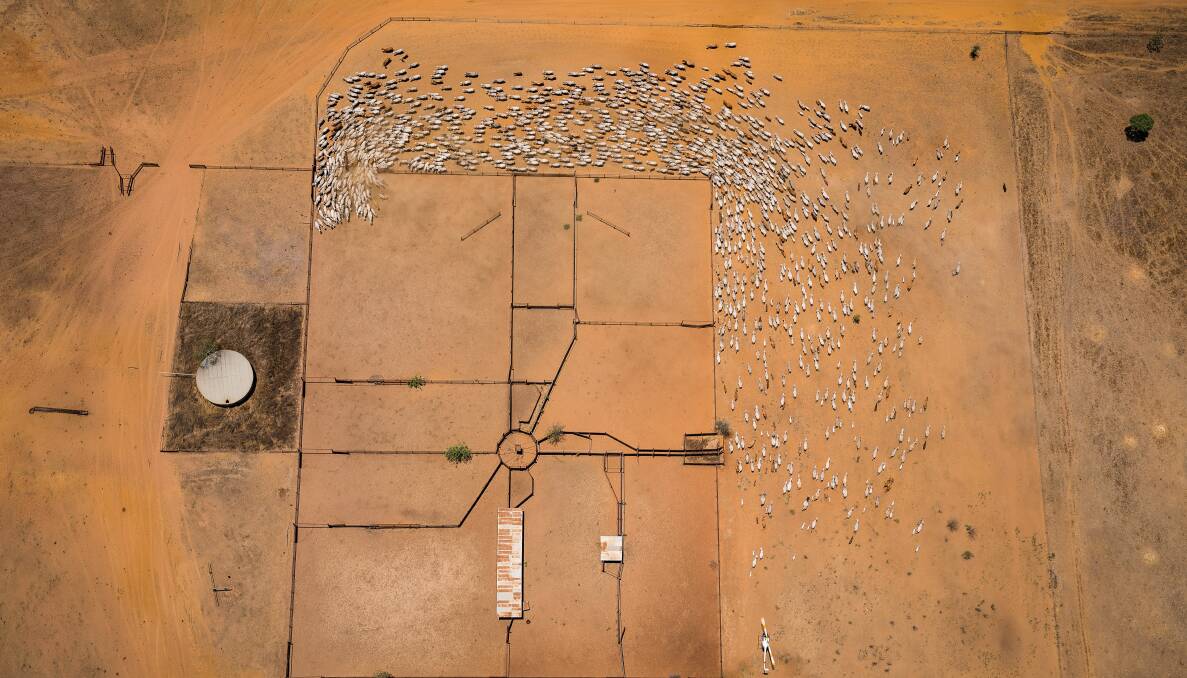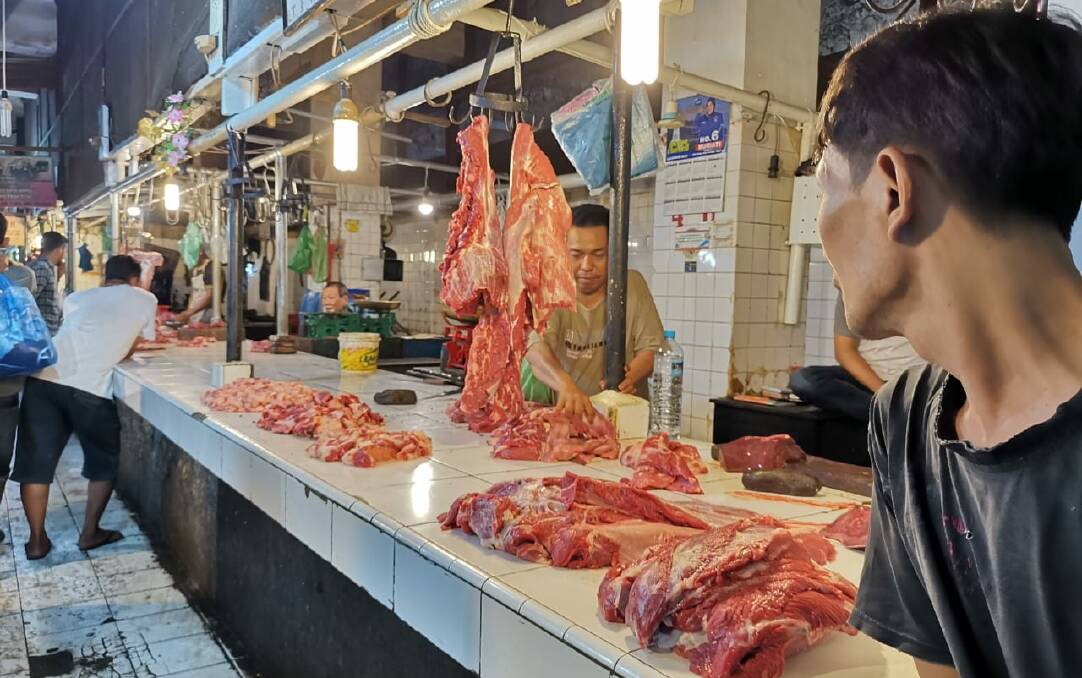
THE boost in Brahman cattle supply as dry season mustering in the north gets underway just after Easter is expected to see the decline in rates for live export animals continue.
Subscribe now for unlimited access.
or signup to continue reading
However, it's not necessarily a given that cheaper Australian cattle will see ships lined up at ports.
Changing 'big picture' dynamics in the way beef is supplied and consumed in Australia's largest live-ex market, Indonesia, could be felt as early as this winter.
The latest quotes on live-ex cattle out of Darwin show more than a 100 cent a kilogram drop since the peaks of 520c were paid just before Christmas.
Nutrien is currently offering 420c for Brahman light and medium feeder steers, 400c for heifers and 400c for heavy steers ex-Darwin.
Ex-Townsville, feeders for Indonesia are bringing even less - back to 340c for heifers.
Total live cattle export volumes have been well below par this year but Indonesian demand in particular has been 'ominously low', as described by Episode3 analyst Matt Dalgleish.
He reported January saw just 8,336 head of cattle exported from Australia to Indonesia, which is 75 per cent under the average flows for January over the past five years. February was equally lacklustre with 12,905 head shipped, which is 62pc under the five-year average.
Shaping the future
Rabobank senior animal protein analyst Angus Gidley-Baird lists evolving supply chains and increasing sustainability requirements - even from South East Asian countries - as two of the three key factors that will shape the future of the northern cattle game.
The third is the relaxation of land use restrictions and the flow-on increase in grain and fodder production providing opportunities for both increased cattle value and volume.
For the cattle producer, it's not bad advice to look up from the daily grind now and then and see if the consumer and the community are still in the same spot, because if they're shifting, there will definitely be a need to move too.
Speaking at the Northern Territory Cattlemen's Association conference in Darwin, Mr Gidley-Baird said live-ex suppliers should not kid themselves that South East Asian countries don't have the same interest in sustainability as the likes of Europe and Australia.
He quoted research conducted last year by Bain and Company which showed 16pc of Indonesian consumers highlighted environmental and socially-conscious concerns as influencing purchasing decisions - which was a similar percentage to Australian consumers.
Further, the big SEA online retailer Goto has a commitment to reduce emissions and is looking at how it can work with suppliers to do that. They sell Australian beef products on their platform.
"We must be conscious that while it might not be playing through in demand for live-ex cattle, the general population in Indonesia is concerned about sustainability," Mr Gidley-Baird said.
"It's important to keep your eyes open to this. It will come back up the supply chain."
Collecting emissions data, carbon calculating and considering ways to reduce the carbon footprint that have production benefits should be on everyone's radar, he said.
Rabobank data shows northern cattle operations are in a relatively good position when emissions profiles are run.
Evolving supply chains
While wet markets will always have a place in society, the general progress over time was showing a shift to an integrated cold supply chain with a retail operator, Mr Gidley-Baird said.
"Younger generations don't really want to go to wet markets anymore. They want convenience and products packaged neatly in a simple meal solution," he said.
"We are also seeing wet markets trying to reinvent themselves as something a bit fancier, and look to increase their product offering."

The decline in supply of live cattle from Australia over the past few years had been filled by increased volumes of boxed meat, mostly from India but also from Australia and Brazil, Mr Gidley-Baird reported.
Brazil now has 11 plants approved to send beef to Indonesia.
"We can look at this as a positive - the Indonesian consumer is continuing to eat beef," he said.
"The question is when our livestock numbers pick up again, are we going to push the total import volume further up and, if not, are we going to be able to take back market share from imported boxed beef products?
"I can't help but think one of the big hurdles is that new established supply chains are set in now.
"Once you put a shock in the system like we have with reduced supply, people make alternative arrangements and realise the potential opportunities - how easy it is to access some of these products - and barriers have been broken down.
"There is still big prospect in live export. It serves a distinct purpose into the Indonesian market, but we have to know our competitors in that market and that shifts are happening."


